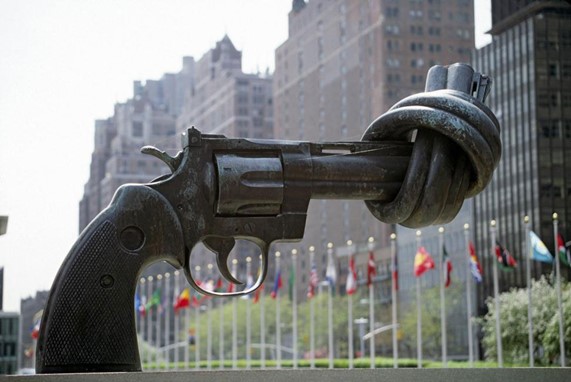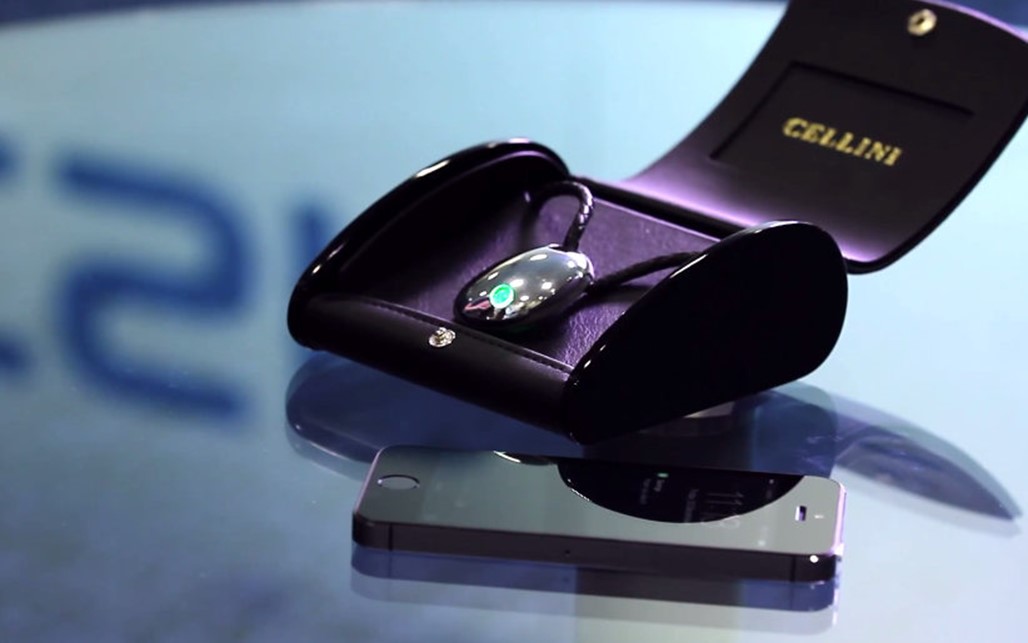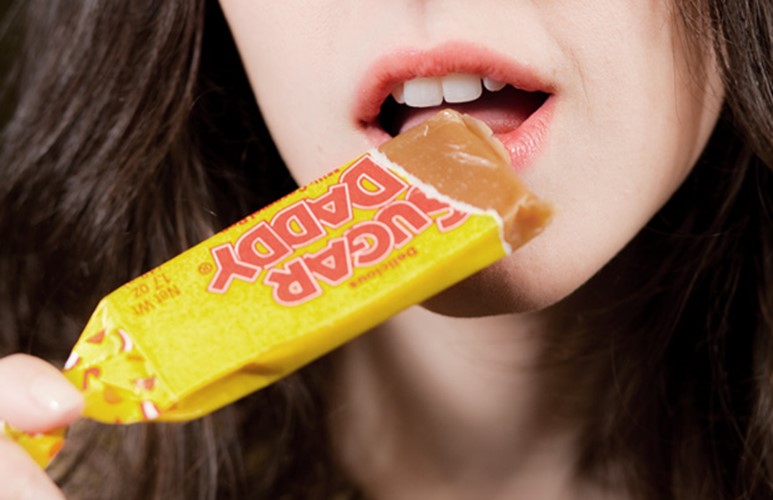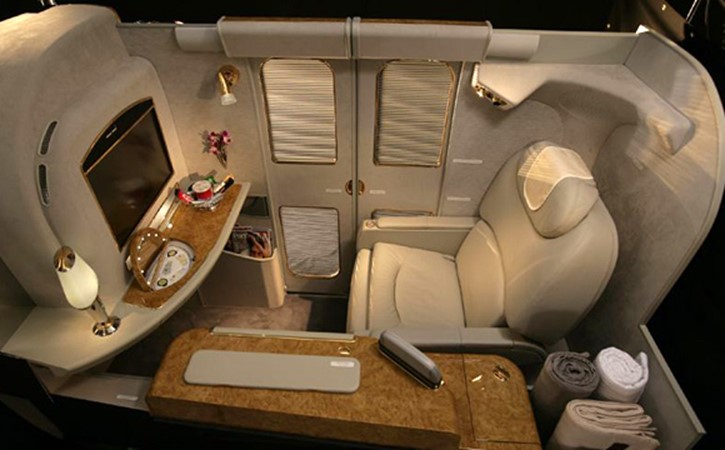Pet Craze: Japanese Edition
January 12, 2015 in Daily Bulletin

In our ongoing series on Pet Perks we’ve covered their Facebook accounts, an airline for them, and even canine love motels. Anna Fifield wrote about the kinds of perks that Japanese pets get:
- As in the United States there are more pets than children in Japan – about 4 million more.
- Instead of getting married people are getting pets – causing the fertility rate to drop to 1.4, and the number of weddings to lows not seen since the end of World War II.
- The pets get pampered. Vendors sell cakes and pastries that both master and pet can enjoy.
- Such pastries may come with calorie labels to ensure that household animals keep to a balanced diet.
- Concerned owners can purchase $400 basinets for their pets. For that price you can get features such as air filled tires and wind guards.
- Groomers will also offer aromatherapy, reflexology, and massages to pampered pooches.
Read more here. And see the rest of our series on Pet Perks here.
Source: The Washington Post








Join the Discussion! (No Signup Required)